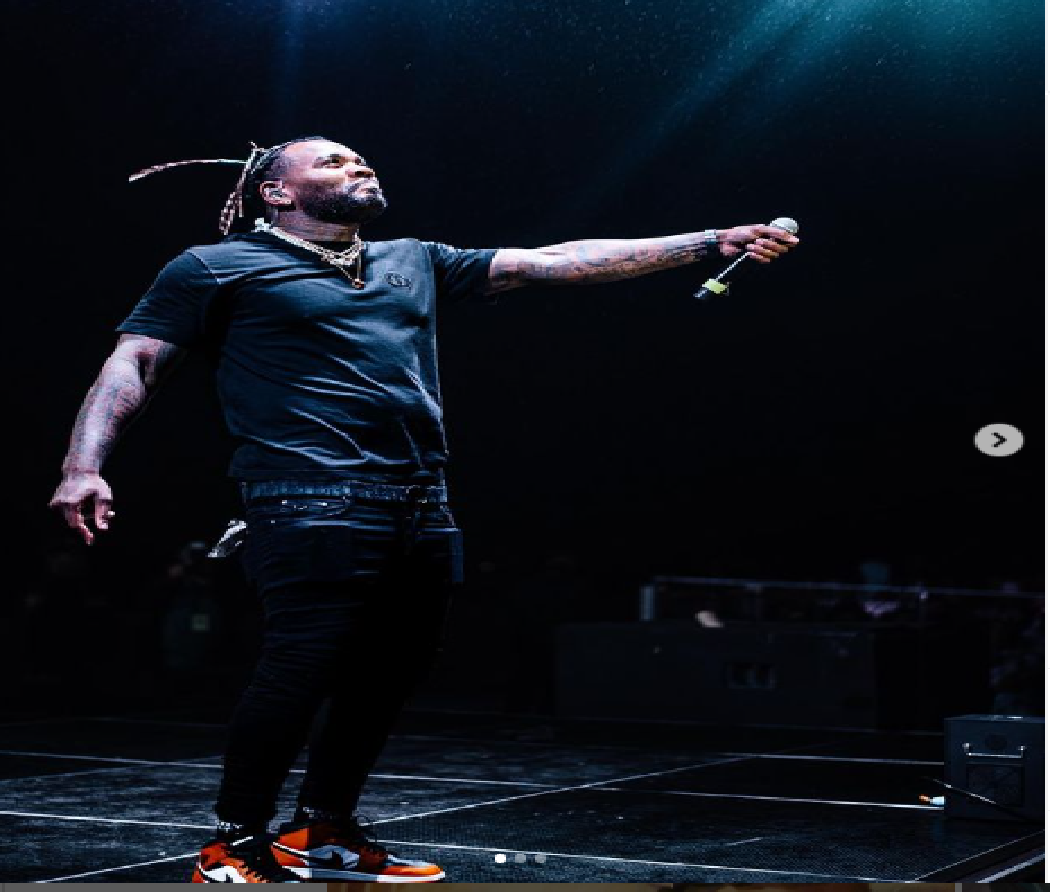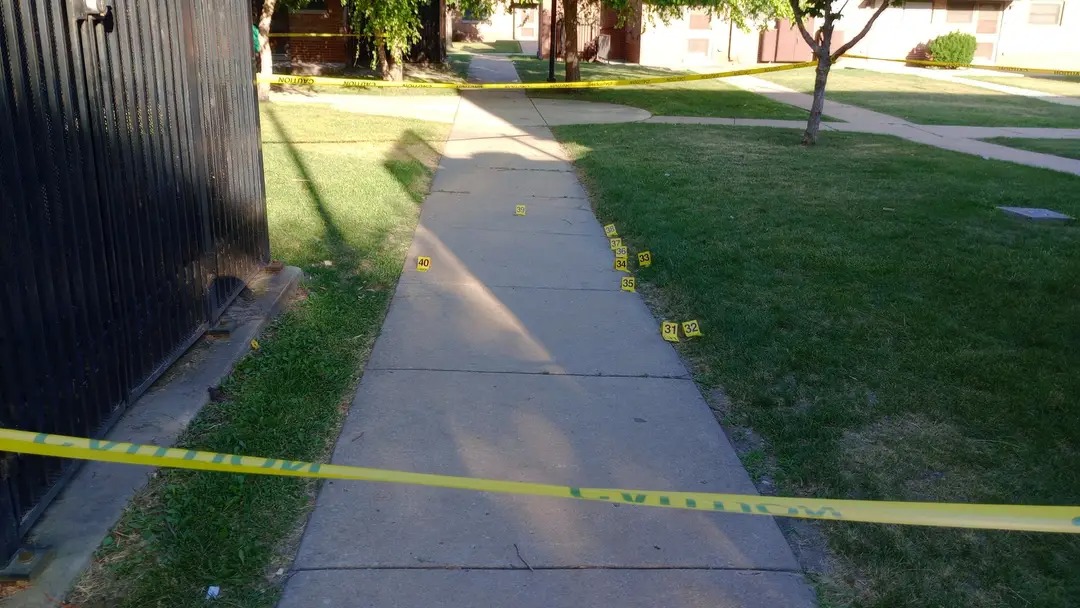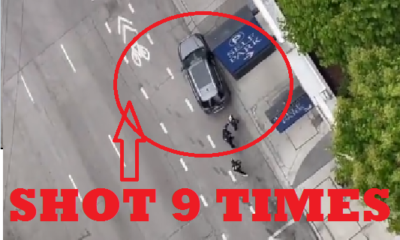Editorials
Is Kevin Gates Gay? Did Kevin Gates Come Out As Gay?

Is Kevin Gates Gay? ….Kevin Gates, the very controversial American rapper, has been making headlines not only for his music but also for various aspects of his personal life. Recently, he found himself at the center of controversy and faced criticism from fans due to a public display of brotherly affection toward rapper Turk, which led to speculation about his sexuality and his fans asking ‘Is Kevin Gates Gay?’. However, it is important to clarify that neither Kevin Gates nor Turk identifies or has come out openly as gay, and here’s how they addressed the rumors to set the record straight.

Is Kevin Gates Gay
The controversy arose when a paparazzi’s camera captured Kevin Gates giving Turk a kiss on the cheek. The image quickly made its way onto social media, accompanied by captions insinuating that Kevin Gates might be gay. This false news spread rapidly, giving haters an opportunity to propagate the notion that the rapper was homosexual. Kevin Gates and Turk chose to remain silent initially, but as the situation escalated, they decided to release a video to clarify the truth and dispel the rumors.
In the video, Kevin Gates and Turk explained that their actions were part of the unique way people in New Orleans express affection. They emphasized that in their culture, it is common to share gentle kisses on the cheek as a form of greeting, regardless of gender. Turk started the video by stating that they do things differently in New Orleans and that outsiders may not fully understand their customs.
Kevin Gates added that those who are important to him don’t mind these displays of affection, and he quoted the famous saying,
“Those who mind don’t matter, and those who matter don’t mind.”
Turk concluded the video by affirming that there is nothing gay about their actions, as it is simply a demonstration of brotherly love. With their explanation, it becomes clear that their interaction was not indicative of their sexual orientation.
To further dispel any doubts about Kevin Gates’ sexuality, it is worth noting that he is married to Dreka Haynes, a prominent female celebrity. The couple tied the knot in 2015 after years of dating and have since welcomed two children into their family, named Khaza and Islah. While Kevin Gates has not publicly disclosed details about his other children or their mothers, he has expressed his deep love and closeness with all of his children in previous interviews.
View this post on Instagram
In conclusion, the rumors surrounding Kevin Gates’ sexuality were based on a misunderstanding of cultural practices and a misinterpretation of his actions toward Turk. By openly addressing the situation and explaining the cultural context behind their display of affection, Kevin Gates and Turk made it clear that they are both straight. Furthermore, Kevin Gates’ marriage to Dreka Haynes and their children serves as evidence of his heterosexual identity. It is important to respect individuals’ choices and cultural practices like that of Kevin Gates!.
Is Frankie Lapenna Butt Real? Find About About Frankie Lap!!
Ariana Fletcher Before Surgery! What Ari Fletcher Looks Like Now!!
Tommie Lee Before Surgery BBL Tommiee Before And After Fame Pics
JT Before Surgery BBL, City Girls TheGirlJT Before and After Pics
Editorials
Mass Shooting in Chicago’s Altgeld Gardens Leaves Four Injured, Allegedly Retaliation for Mello Buckzz!!

Chicago, IL – July 3, 2025 – A mass shooting in the Altgeld Gardens neighborhood on Chicago’s South Side, that many in the streets have called a retaliation for the Mass Shooting earlier at rapper Mello Buckzz Album release party has left four people wounded in the early hours of Wednesday morning, marking another violent incident in a city grappling with gun violence.
Details of the Shooting
According to Chicago police, the shooting occurred around 3:17 a.m. in the 600 block of East 133rd Street. A group was gathered outside when unknown assailants opened fire, striking four individuals.
The victims include:
-
A 21-year-old man, shot in the arm and thigh, transported to the University of Chicago Hospital in critical condition.
-
A 31-year-old man, suffering multiple gunshot wounds, taken to Christ Hospital in critical condition.
-
A 29-year-old woman, shot in the arm, who self-transported to Christ Hospital in stable condition.
-
A 29-year-old man, shot in the shoulder, who initially went to Roseland Hospital before being transferred to the University of Chicago Hospital in serious but stable condition.
No suspects have been identified, and Area Two detectives are investigating the circumstances surrounding the attack.
Community Reactions
The shooting has sparked outrage and frustration among residents, with many questioning the effectiveness of crime reduction efforts.
-
Suzanne Etsch commented, *”So in a 24-hour period, at least 22 people shot. Both were mass shootings. Can’t wait to see the total Monday morning.”*
-
Courtney Faull-Basile questioned the narrative on gun violence, asking, “Crime is down, mass shootings are up. Why aren’t we worried about the mass shooters’ mental health or access to guns this time?”
Others, like Ricky Moore, called for unity, saying, “We have to start fasting and pray so our people will stop all the hate towards one another.”
Broader Context of Chicago Violence
This incident follows a troubling trend of mass shootings in Chicago, despite official claims of declining crime rates. Just last month, a similar attack in another South Side neighborhood left multiple victims wounded.
Critics, including Lee Kirk, blamed political leadership, referring to the city as “Brandon’s Chicago,” a likely reference to Mayor Brandon Johnson. Meanwhile, Marc Sims noted that most violent crimes occur within interconnected networks rather than as random acts.
As investigations continue, Chicago residents brace for what could be another violent holiday weekend.
-

 Entertainment3 years ago
Entertainment3 years agoIs Frankie Lapenna Butt Real? Find About About Frankie Lap!!
-

 Entertainment5 years ago
Entertainment5 years agoLil Reese shot in downtown Chicago! Watch The Crime Scene CCTV Video!!
-

 Entertainment5 years ago
Entertainment5 years agoRapper Pooh Shiesty Caught On Video With A Trans Woman! Is He Gay?
-

 Entertainment4 years ago
Entertainment4 years agoWhat Happened To Cody Lane?
-

 Entertainment5 years ago
Entertainment5 years agoPastor Claudia Jaramillo: Redefining Leadership and Womanhood on the Pulpit
-

 Entertainment4 years ago
Entertainment4 years agoCorinna Kopf Photos Hours After She Joined!! Who is Corinna Kopf?






![Kodak Black - Last Day In [Video]](https://famelord.com/wp-content/uploads/2021/06/Screenshot-178-80x80.png)